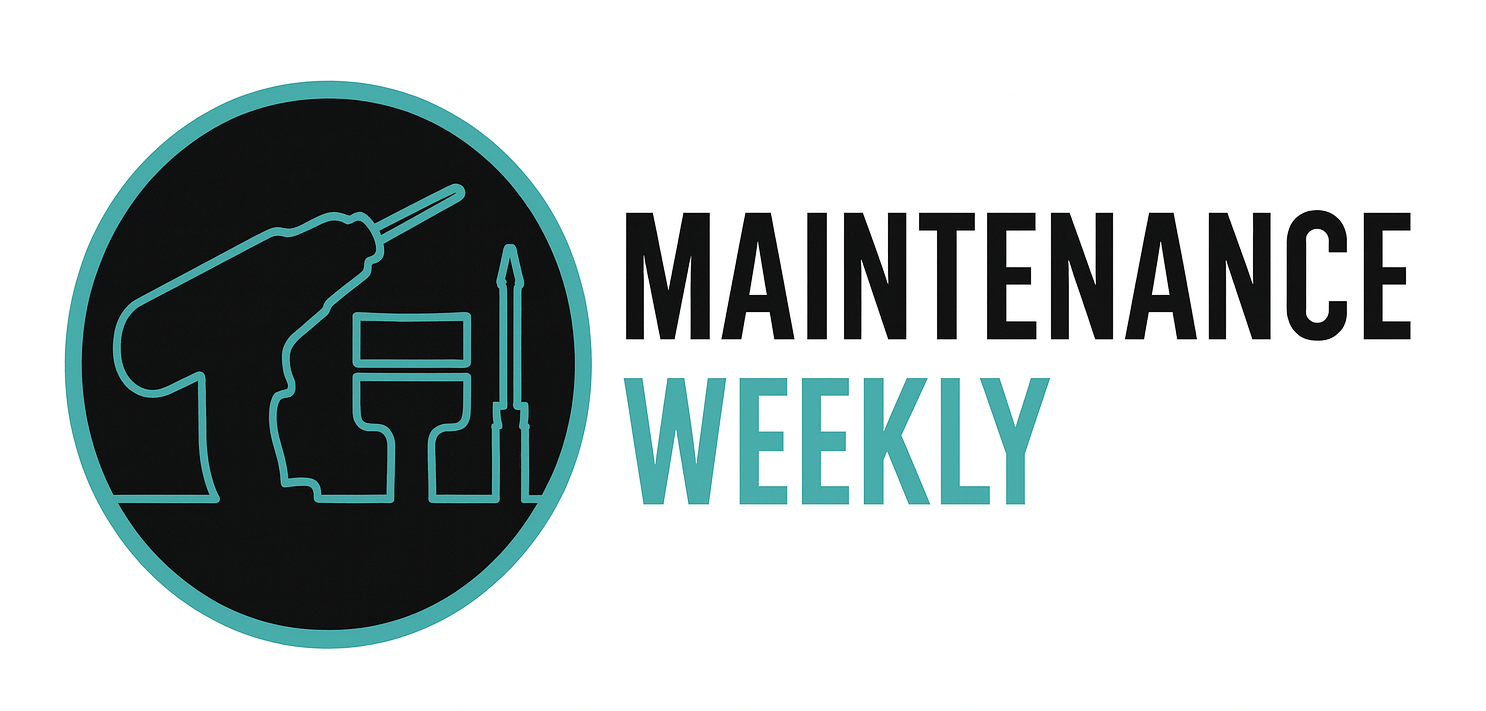Maintenance Welder – Career Overview
A Maintenance Welder is responsible for welding and fabricating metal components to repair or maintain machinery and equipment in various industrial, manufacturing, or construction settings. This role involves performing welding tasks to repair broken parts, replace damaged components, and ensure that equipment is running efficiently and safely. Maintenance Welders play a critical role in maintaining the functionality of production equipment and machinery by addressing metal-related issues promptly.
Maintenance Welders are responsible for:
● Welding and fabricating metal parts for machinery and equipment, including repairing cracks, broken parts, and worn-out components.
● Operating welding equipment such as MIG, TIG, and stick welders to join metal parts or repair machinery.
● Reading and interpreting blueprints, technical diagrams, and work orders to understand welding tasks and equipment specifications.
● Inspecting materials and equipment to ensure they meet safety and quality standards before performing welding tasks.
● Performing preventive maintenance on equipment, such as regularly inspecting welded areas for wear and tear and performing necessary repairs.
● Measuring and cutting materials to the required specifications before welding them into place.
● Ensuring compliance with safety regulations, welding codes, and industry standards to maintain a safe work environment.
● Collaborating with other maintenance staff, such as mechanical or electrical technicians, to resolve issues and improve equipment performance.
● Maintaining accurate records of welding activities, including materials used, time spent on each task, and any repairs made.
A successful Maintenance Welder should be:
● Proficient in welding techniques, including MIG, TIG, and stick welding, with experience in different types of welding depending on the materials used.
● Detail-oriented, ensuring that welded parts meet the specifications and are structurally sound.
● Knowledgeable in welding safety protocols and material properties to ensure that all work is performed in a safe and efficient manner.
● Skilled in reading blueprints and technical diagrams to understand welding requirements.
● Strong mechanical aptitude, able to identify issues with equipment and determine the necessary welding repairs.
● Problem-solving abilities, able to identify welding challenges and apply appropriate solutions to ensure efficient repairs.
● Able to work in industrial environments, including exposure to high temperatures, heavy equipment, and confined spaces.
Most Maintenance Welders have:
● A high school diploma or GED, with additional training in welding, metalworking, or industrial maintenance.
● Certification in welding from a recognized organization, such as the American Welding Society (AWS), is often required.
● On-the-job training or an apprenticeship program to gain hands-on experience.
● Experience with different welding techniques and materials, such as steel, aluminum, or stainless steel, depending on the industry.
Maintenance Welders typically work in industrial environments, such as manufacturing plants, construction sites, or warehouses. They are required to work with welding equipment, tools, and heavy machinery. The role may involve working in confined spaces, at heights, or in hazardous conditions, making safety protocols and protective gear essential.
The demand for Maintenance Welders remains strong, particularly in industries like manufacturing, automotive, construction, and energy. With experience, welders can advance to roles such as Welding Supervisor, Fabrication Specialist, or Maintenance Manager. Specializing in high-demand welding techniques can further enhance career opportunities.
